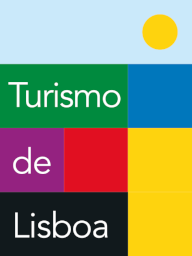There were times when the only women to appear in the streets names were queens, saints or characters of the city's daily life.
Rua Maria Pia, in Campo de Ourique honors Queen Maria Pia of Saboia, wife of King D. Luis I, known for her charitable works.
Beco da Ferrugenta honors "the Ferrugenta", Leonor Maria, the baker of Her Majesty, who was widowed by a man with the nickname Ferrugento - rusty.
Rua Triste-Feia is a reference to the ugliest of three sisters in the parish of Estrela.
Although Lisbon is a feminine proper noun, women do not enjoy that much privilege in the city's streets: in only 5% of them, a woman's name appears. A considerable disproportion when compared to men, who name 44% of the streets in Lisbon.
A study was conducted by data scientist Manuel Banza and covered not only streets, but also gardens, schools and hospitals, where the reality is a little better, but even so women only have names on 7% of the squares and 14% and 11% of the schools and hospitals. The study aims promoting a "voluntary action to rebalance the names of women in the streets.
Marquês de Pombal, the chief minister who rebuilt Lisbon after the big earthquake, between 1750 and 1777, formalized toponymy in Lisbon. But it was after the 19th century that illustrious figures began to be honored.
Only after the Republic did this scenario begin to change. During the Estado Novo period, 1928-1974, 55 women were honored: among them were Marie Curie, Florbela Espanca, and Maria Amália Vaz de Carvalho.
The big change comes with the 25th of April revolution, and streets such as Natália Correia, Catarina Eufémia or Maria José Estanco.
By Ana da Cunha

